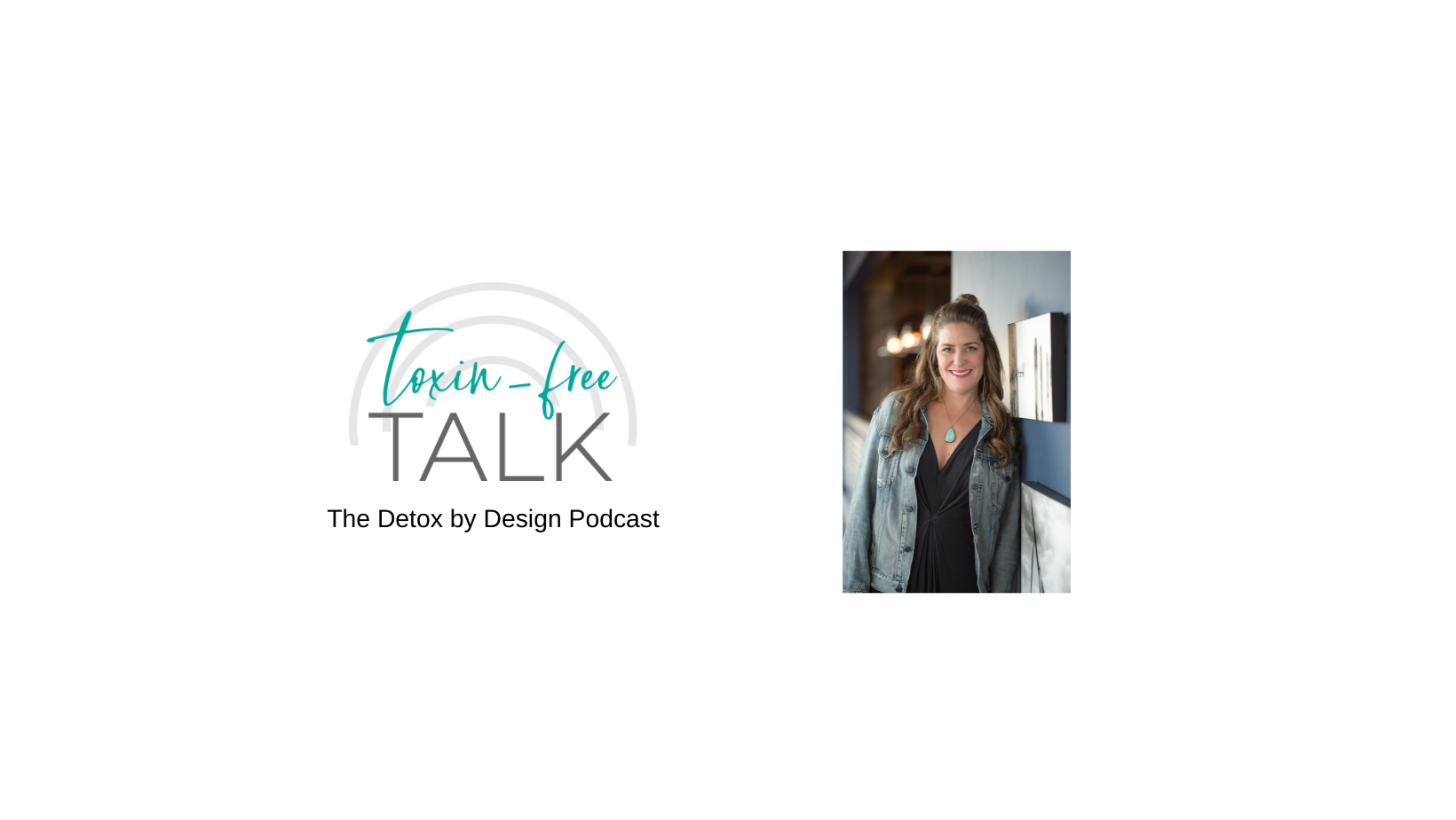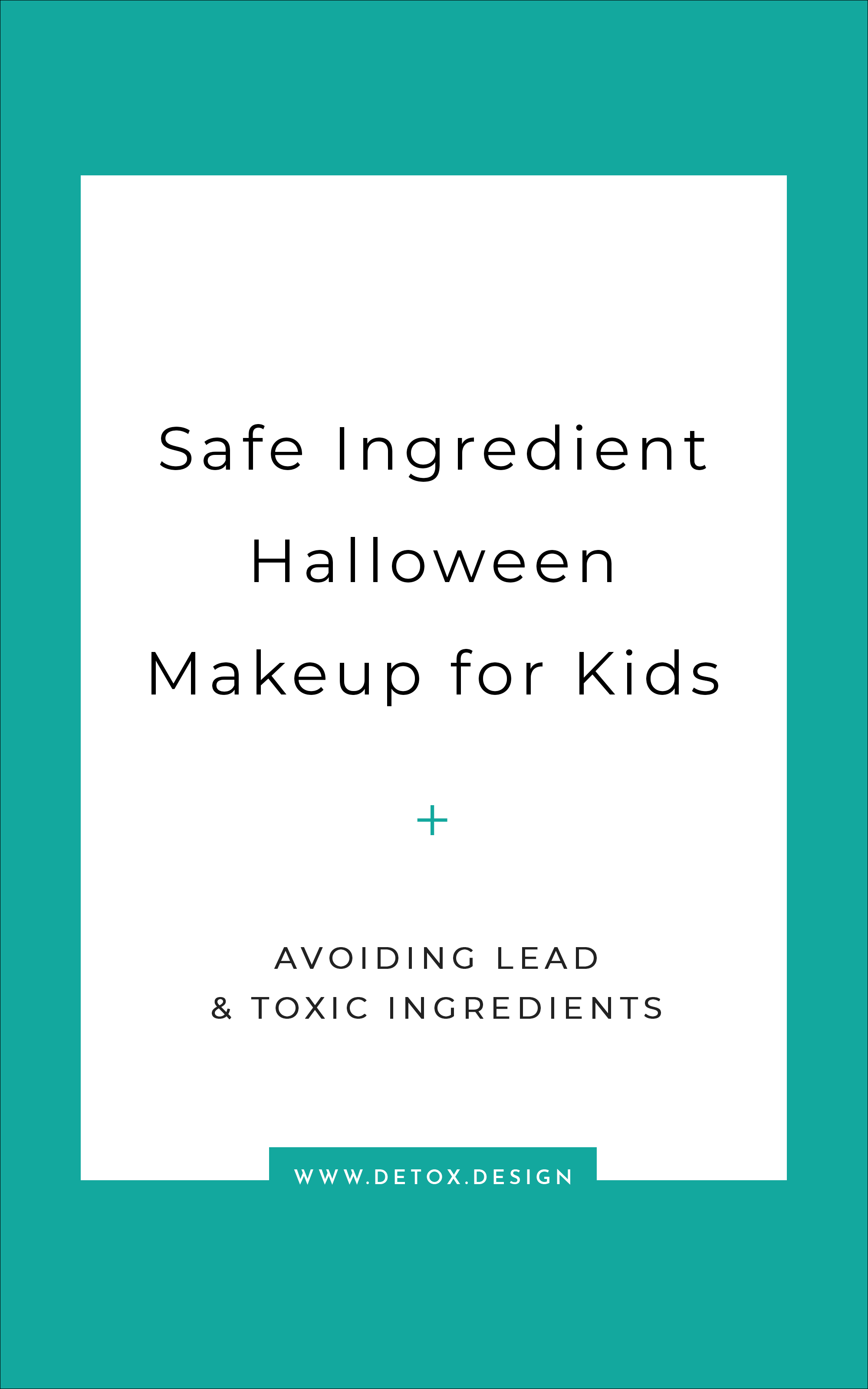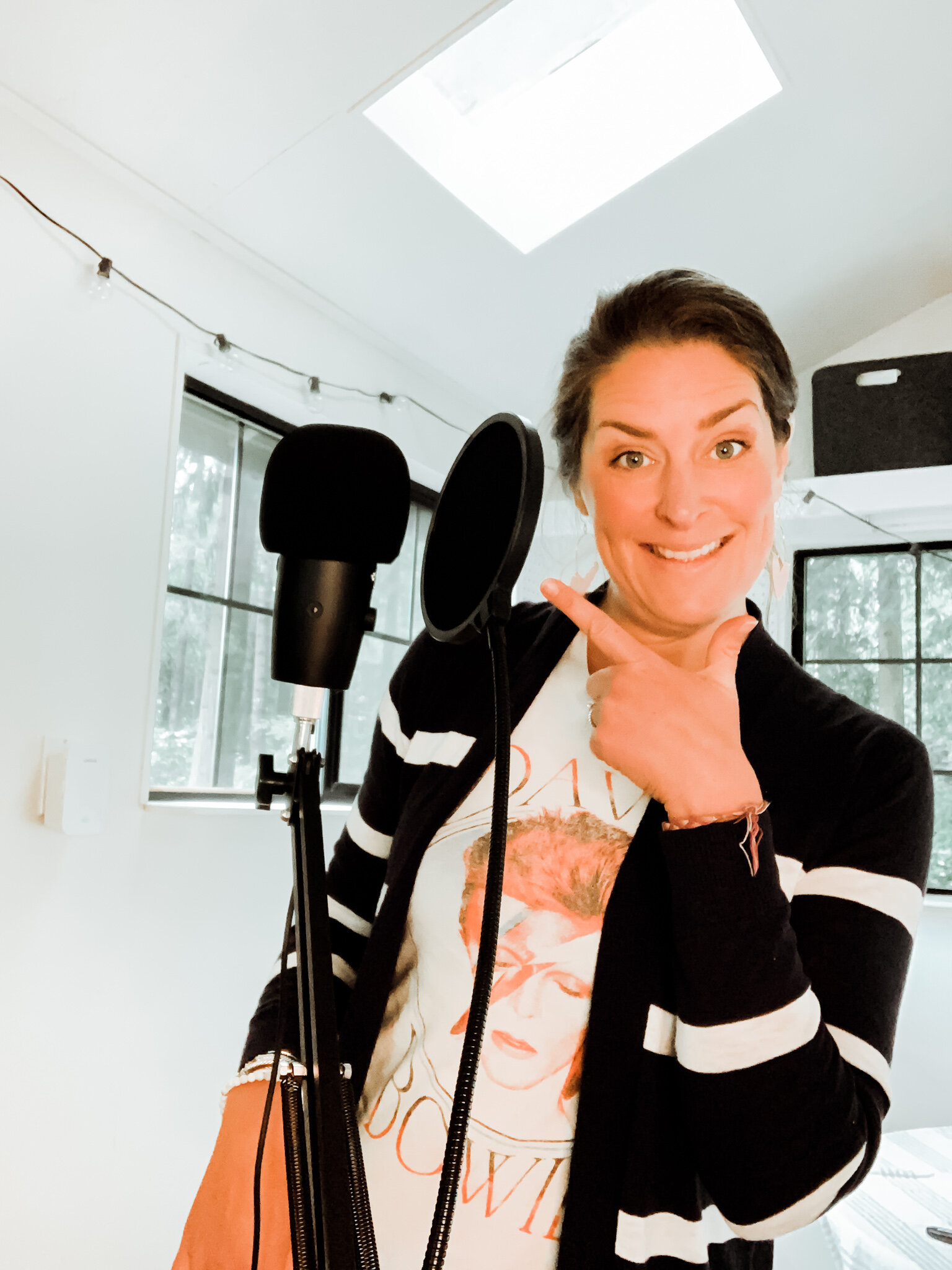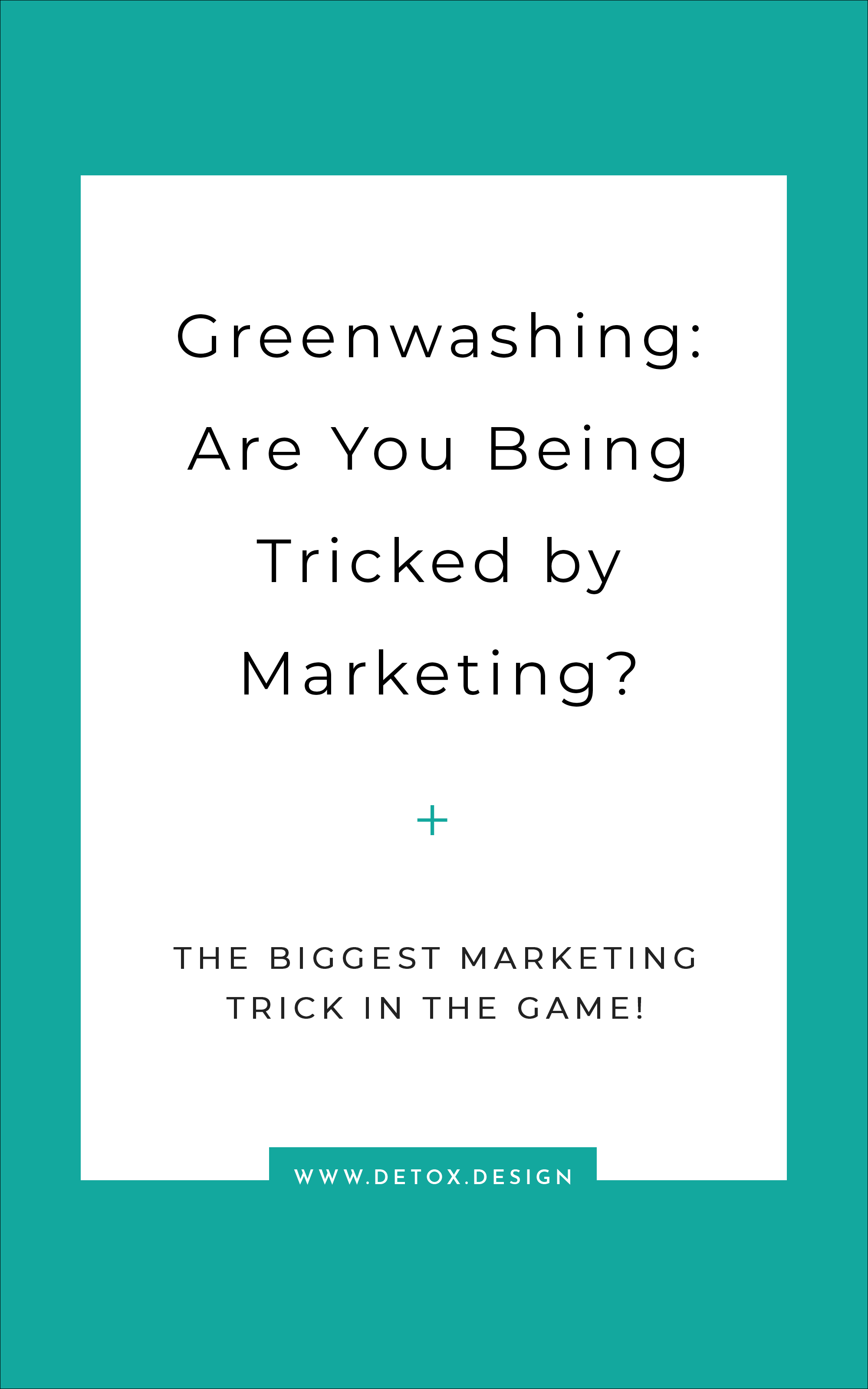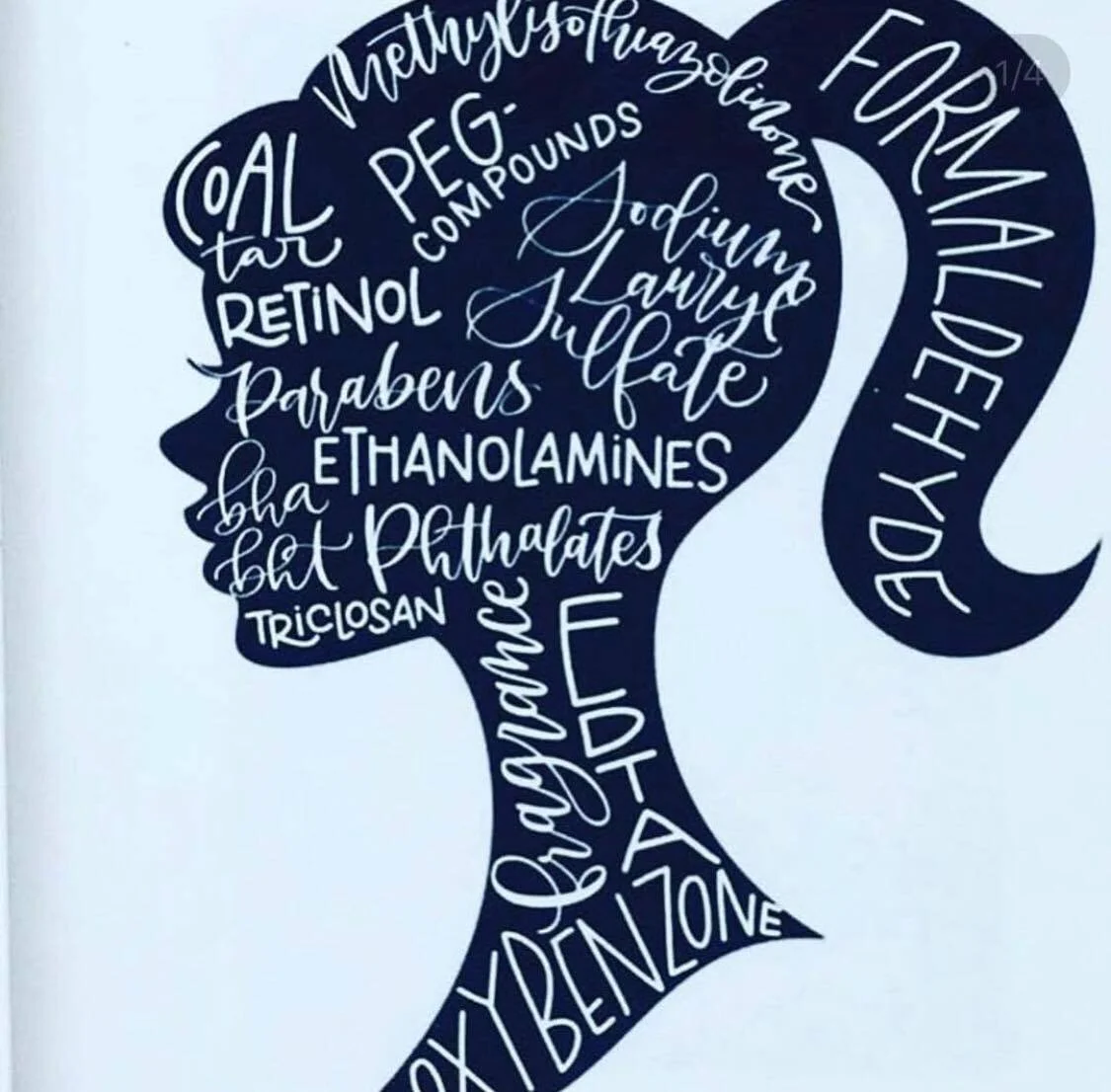Halloween 2019 when I dressed as Dr. Frankenfurter from Rocky Horror Picture Show. This look created with 100% safe makeup.
It’s October which means Halloween, costumes, and candy. This year might look a little different when it comes to usual Halloween fun, but I bet my kids will still want to go to the Halloween store. I love a homemade costume, but I often cave and let them get an overpriced one-time-wear. But, one thing I always put my foot down on is Halloween face paints and kids’ makeup.
Why?
They usually include harmful ingredients and have been found to be contaminated with harmful heavy metals like lead.
Lead??? Yep. Lead.
Plus endocrine disruptors, carcinogens, and neurotoxins.
Safe Makeup for Kids - Avoiding Lead and Toxic Ingredients in Halloween and Costume Makeup
In 2016, the Breast Cancer Prevention Partners (BCPP) released a report on costume makeup, cosmetics marketed to kids, and Halloween face paints. They found concerning ingredients in these products and through further independent lab testing found heavy metal contamination in almost half of the products tested. Some of the products had four heavy metals with the darker pigmented colors being the most contaminated.
Label analysis caused the researchers to suspect that the products could contain volatile organic compounds (VOCs), and further testing confirmed their suspicion - 20% of the products had at least one VOC. VOCs in products marketed to kids! Ugh!
Four of the VOCs found have the potential to cause long-term damage:
Toluene, a reproductive toxicant
Styrene, a probable carcinogen and endocrine disruption compound
Ethylbenzene, a possible carcinogen
Vinyl acetate, another possible carcinogen
What else did they find? These contaminants and chemicals:
Lead and Cadmium
There is no safe level of lead - associated with learning disabilities and developmental problems
20% of Halloween face paints included lead.
30% of them contained cadmium - linked with breast, kidney, lung and prostate cancer
Toluene
Found in nearly 11% of the products
A hormone disruptor, and development and reproductive toxicant
Parabens
At least one Paraben was found in 34% of products, two to three Parabens found in 3%
Endocrine disrupting chemical
Formaldehyde
Known carcinogen
Formaldehyde-releasing preservatives found in 3% of products
Ethoxylated Ingredients
Found in 28% of products
Results from the manufacturing process and can result in toxic contaminants linked with breast and other cancers, ethylene oxide and 1,4-dioxane
Not only do these products contain some pretty harmful ingredients, kids developing bodies are more at risk that adults. A study focused on DDT (a pesticide) exposure and breast cancer found that girls who were younger when exposed had the highest increase risk of breast cancer. (reference below)
We also know that with endocrine disrupting chemicals, exposure during developmental stages like puberty can increase the level of risk for disease later in life.
Cosmetics companies say that these exposures are small and don’t impact our health, but these studies focus only on one product and don’t factor in the other products or exposures an individual experiences every day. Each of the toxins we are exposed to end up factoring in to our overall body burden - so we need to remove the toxins wherever we can.
Unfortunately, regulations in the US don’t protect us so we have to be vigilant consumers and pay attention to the products we bring into our home.
So how can you have a fun Halloween look without harmful chemicals?
Use safe makeup.
I’ve use my toxin-free makeup bag to make all sorts of fun looks for my kids. It may not come as a “kit” marketed for Halloween, but use your imagination, and you can create almost anything you can dream of.
Whiskers - eyeliner
Ghost face - white eyeshadow
Rosy cheeks - lipstick and blush
If you want more ideas, I’m sharing them in my Facebook Group Detox by Design Insiders. Come join the fun!
DDT research: Cohn, B., Wolff, M., Cirillo, P., & Sholtz, R. (2007). DDT and breast cancer in young women: New data on the significance of age at exposure. Environ Health Persp, 115, 1406–1414.

